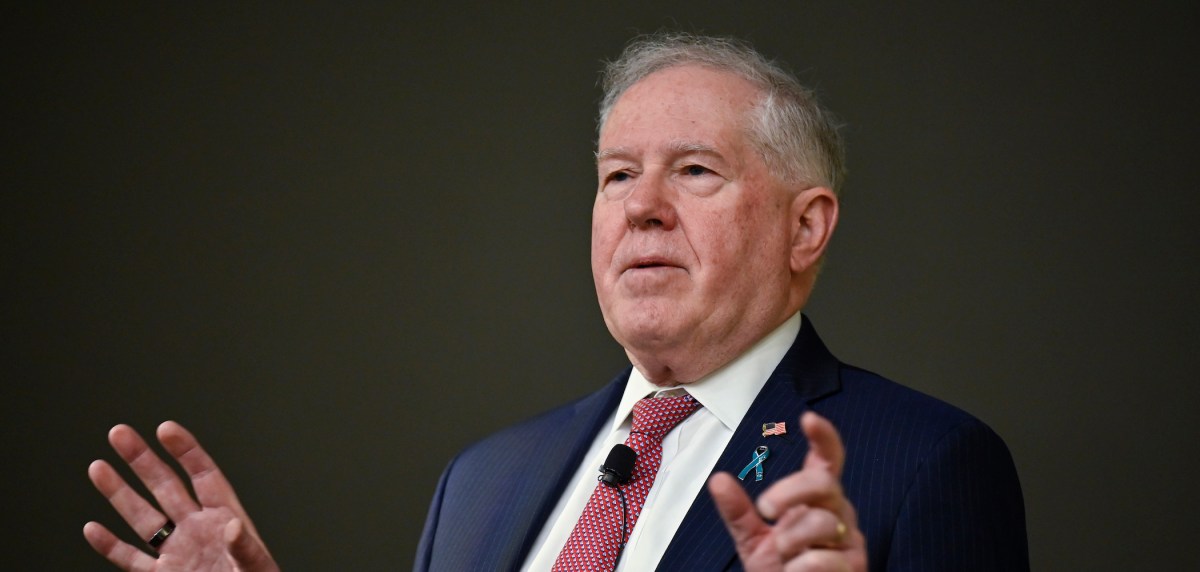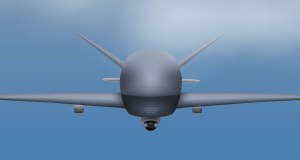Air Force’s next-gen fighter program transitions to critical development phase

The Air Force’s secretive Next-Generation Air Dominance program has reached a key milestone in the acquisition process that brings it a step closer to production and fielding of new systems, the service’s top official said Wednesday.
The NGAD project includes a manned sixth-generation fighter that will be teamed with new drones. The Pentagon started an experimental prototype effort in 2015 to support the initiative. In 2020, service leaders revealed that test flights were taking place with a demonstrator aircraft. Now, the service is in the engineering and manufacturing development (EMD) phase, according to Air Force Secretary Frank Kendall.
“We basically did an X-plane program which was designed to reduce the risk in some of the key technologies that we would need in the production program. We have now started the EMD program to do the development aircraft that we’re going to take into production,” he said at an event hosted by the Heritage Foundation think tank.
Kendall suggested the new system could reach initial operational capability in about seven years.
“We think we’ll have capability by the end of the decade,” he said.
Kendall did not say which contractors are involved in the EMD effort, which he suggested began very recently.
Lockheed Martin and Boeing are currently the only prime contractors that build manned fighter jets for the Air Force. The companies did not immediately respond to a request for comment about their potential involvement in the EMD phase of the Next-Generation Air Dominance program.
The Air Force plans to spend more than $13 billion on NGAD over the next five years, according to budget documents.
The program isn’t just focused on delivering a new stealth fighter. New unmanned platforms are another critical element of the service’s vision of a “family of systems.”
“Part of that family of systems is going to be uncrewed combat aircraft. And we’re going to introduce those,” Kendall said.
The drones are expected to serve as robotic wingmen for manned fighters. Air Force leaders see advantages in deploying them to the Indo-Pacific to counter China.
“One way to think about it is the combination of manned aircraft with some number – let’s just say nominally four or five — uncrewed combat aircraft that are controlled by that manned aircraft and used together as an operational formation, essentially,” Kendall explained. “We’re going to move in that direction. And what we’re designing there … is the manned platform as well as the uncrewed combat aircraft, the communications, and the sensors and the weapons that kind of go into that mix.”
In addition to keeping more pilots out of harm’s way, the drones are intended to increase the capacity of the tactical air fleet at less cost than sixth-generation manned fighter jets. Kendall has not publicly provided an exact cost estimate for the manned NGAD platform, but he recently told lawmakers the price tag is expected to be “multiple” hundreds of millions of dollars per aircraft.
“We have an affordability problem for sure. And the way to get at that is to start to buy some things that cost less,” he said.




